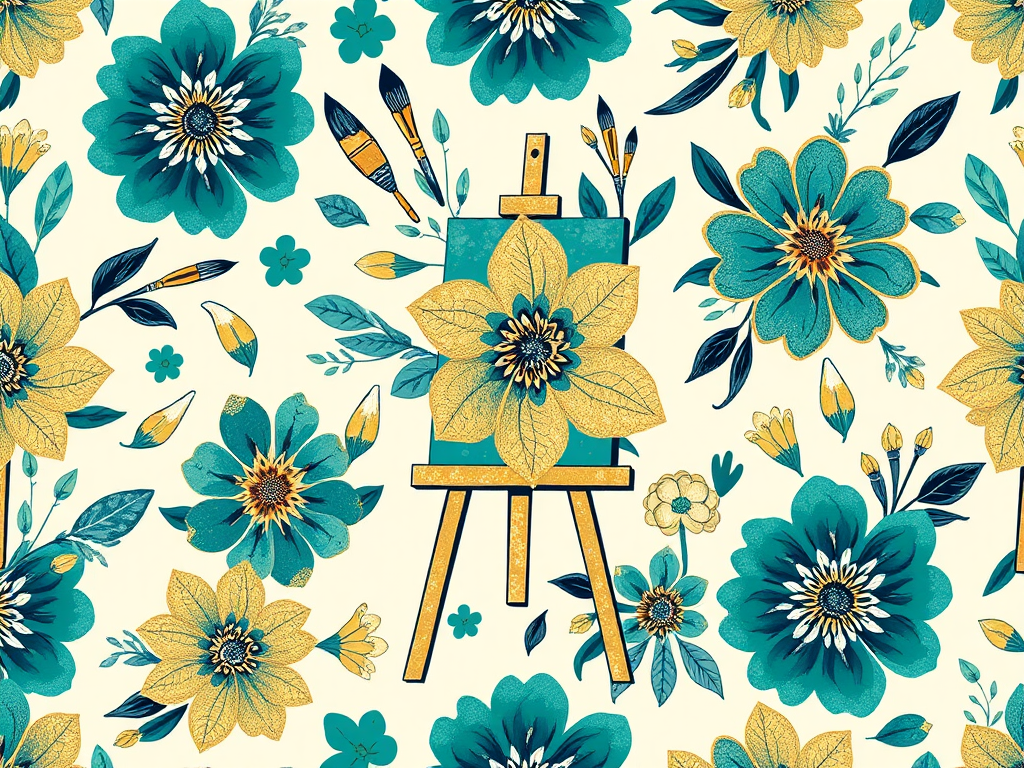
How to Spot Genuine Limited Edition Prints
Learn how to discern the true value of limited edition prints with practical tips on edition size, material quality, and provenance.
Ah, the allure of limited edition prints! There’s something undeniably enchanting about owning a piece of art that’s not just a mere reproduction but a carefully crafted work of creativity, often tied to an artist’s unique vision. But how do you separate the genuine gems from the clever fakes? Let’s dive into some practical tips on spotting authentic limited edition prints, shall we?
Understanding the Edition Size
First off, let’s chat about edition size. The term ‘limited edition’ should indeed mean something limited – that’s the crux of its charm! You might often come across prints that claim to be ‘limited edition’ but sport an edition size that’s as vast as the ocean. That’s a red flag right there. A true limited edition print typically has a small number, often ranging from just a handful to a few hundred. A good rule of thumb? The smaller the edition, the more valuable it is likely to be.
Furthermore, look for a number on the print itself. It should read something like “12/50”, indicating it’s the twelfth print out of a limited fifty. If there’s no number, or if the edition size seems overly generous, it might be worth your while to dig a little deeper.
Examining the Quality of Materials
Next up, let’s talk about the materials used. Not all prints are created equal, and this is where the quality really comes into play. Genuine artists often use high-quality paper, inks, and printing techniques. If you’re holding a print that feels flimsy or looks like it was printed on a home office printer, you might want to reconsider.
Take a closer look at the texture of the paper. Is it acid-free, archival quality? If so, it’s more likely to stand the test of time without fading. Additionally, the ink used should be of professional grade, often pigment-based, which offers better longevity compared to dye-based inks.
And let’s not forget about the overall craftsmanship. Is the print well-aligned, with crisp lines and vibrant colours? Or does it seem smudged and poorly executed? Sometimes, examining the details can tell you more than the information on a certificate of authenticity.
Verifying Provenance and Authenticity
Now, let’s dive into the not-so-glamorous but incredibly vital aspect: provenance and authenticity. Just as you wouldn’t buy a vintage car without checking its history, you shouldn’t invest in a limited edition print without verifying its background. Authentic prints usually come with documentation, such as a certificate of authenticity signed by the artist or a reputable gallery.
Research the artist as well. A bit of sleuthing can go a long way. Check their exhibitions, past sales, and current market value. If the print is by a well-known artist, it should come with some form of provenance that traces its journey from the artist to your hands.
Don’t shy away from asking questions. A reputable seller should be more than willing to provide you with all the information you need to feel confident in your purchase.
In the end, investing in limited edition prints can be a thrilling journey filled with discoveries. With a keen eye and a bit of due diligence, you can curate a collection that not only enchants your walls but also represents a wise investment. So, next time you’re on the hunt for that perfect piece, remember these tips, and you’ll be well on your way to becoming a savvy collector!